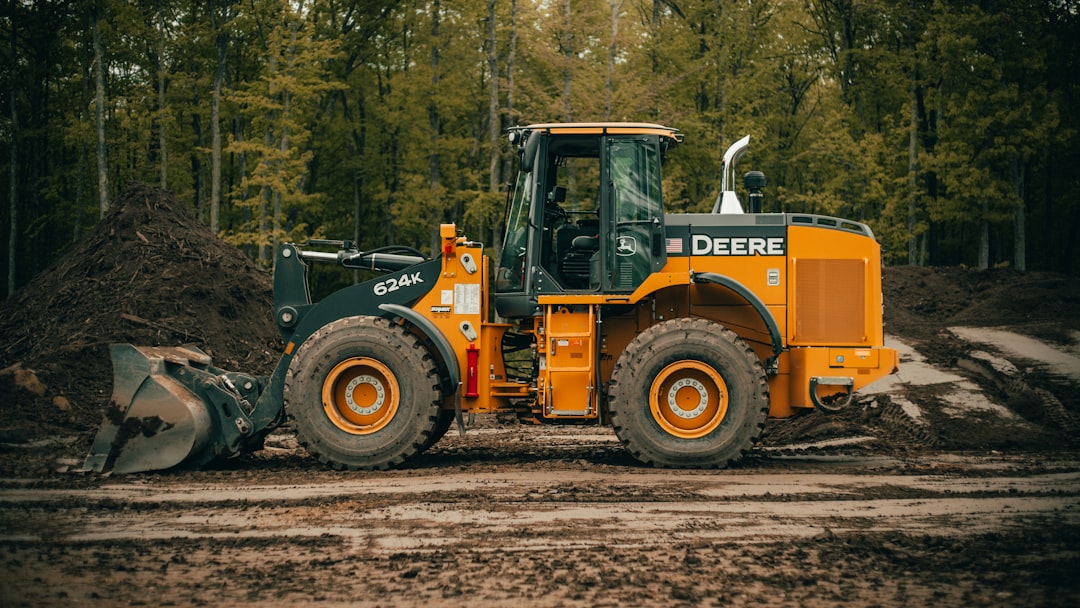Installing a shower can be a complex task, but with the right tools and knowledge, it can be accomplished successfully. In order to install the best shower,here are some tips to help you with the process. Plan the layout before installing the shower. Before starting the installation, carefully plan the layout of your shower area. Consider factors like the location of existing plumbing, the size of the shower enclosure, and the positioning of fixtures.
Gather the necessary tools and materials before installing a shower. Ensure you have all the tools and materials required for the installation. This may include a drill, wrenches, pipe cutter, tape measure, level, cement board, screws, waterproofing materials, tiles, grout, and a shower valve.Follow the manufacturer’s instructions as you install the shower. Different shower models and brands may have specific installation instructions. Read and follow the manufacturer’s guidelines to ensure a proper installation. This will help prevent any potential issues and ensure warranty coverage.Prepare the plumbing before installing the shower. If you’re installing a new shower or replacing an existing one, make sure the plumbing is properly prepared. This may involve shutting off the water supply, removing old fixtures, cutting and soldering pipes, and installing a shower valve.
It is advisable to think about installing the shower pan or base. The shower pan or base forms the bottom of the shower enclosure and provides a waterproof barrier. Follow the instructions provided with the shower pan to install it correctly. Ensure it is level and securely attached to the floor.It is advisable to consider installing the shower walls. Depending on your shower design, you may need to install shower walls or tile directly onto the existing walls. If using prefabricated shower walls, follow the manufacturer’s instructions for installation. If tiling, ensure the walls are properly prepared with cement board and waterproofing.As you install the shower, it is important to connect the plumbing fixtures: Install the showerhead, faucet, and other fixtures according to the manufacturer’s instructions. Use plumbing tape or sealant to prevent leaks at the connections.
Test for leaks as you install a shower. Once the shower installation is complete, turn on the water supply and test for leaks. Check all connections, valves, and drains for any signs of water leakage. Make any necessary adjustments or repairs if leaks are detected.Finish the shower enclosure. Apply grout between the tiles, seal any gaps or joints with silicone caulk, and clean the shower thoroughly. Allow sufficient time for the grout and caulk to dry before using the shower.
Seek professional help if needed as you . If you are unsure about any aspect of the installation or if it involves complex plumbing work, it’s best to consult a professional plumber or contractor. They can provide expert advice and ensure the installation is done safely and correctly.Remember, safety should always be a priority during any installation process involving plumbing or electrical work. If you’re not confident in your abilities or knowledge, it’s best to seek professional assistance to avoid any potential hazards.
